Peppers And Tomatoes: The Perfect Pair
Peppers and tomatoes are two of the most popular vegetables in the world, and for good reason. They're both delicious, versatile, and packed with nutrients. But did you know that they're also a perfect pair?
In this blog post, we'll explore the many ways that peppers and tomatoes complement each other. We'll also share some of our favorite recipes that feature this delicious duo.
Why Are Peppers and Tomatoes a Perfect Pair?
There are a few reasons why peppers and tomatoes are a perfect pair. First, they have similar flavor profiles. Both vegetables have a slightly sweet, acidic taste that is balanced by a touch of bitterness. This makes them a great match for a variety of dishes.
Second, peppers and tomatoes have different textures that complement each other. Tomatoes are soft and juicy, while peppers have a bit of a crunch. This contrast in texture adds interest to dishes and makes them more satisfying to eat.
Finally, peppers and tomatoes are both good sources of vitamins and minerals. Tomatoes are a good source of vitamin C, potassium, and lycopene. Peppers are a good source of vitamin A, vitamin C, and potassium. Eating both vegetables together can help you get a variety of nutrients that are essential for good health.
Recipes Featuring Peppers and Tomatoes
Here are a few of our favorite recipes that feature peppers and tomatoes:
- Roasted red pepper and tomato soup: This creamy soup is a perfect winter warmer. The roasted peppers and tomatoes add a rich flavor, and the soup is topped with a dollop of sour cream or yogurt for a touch of creaminess.
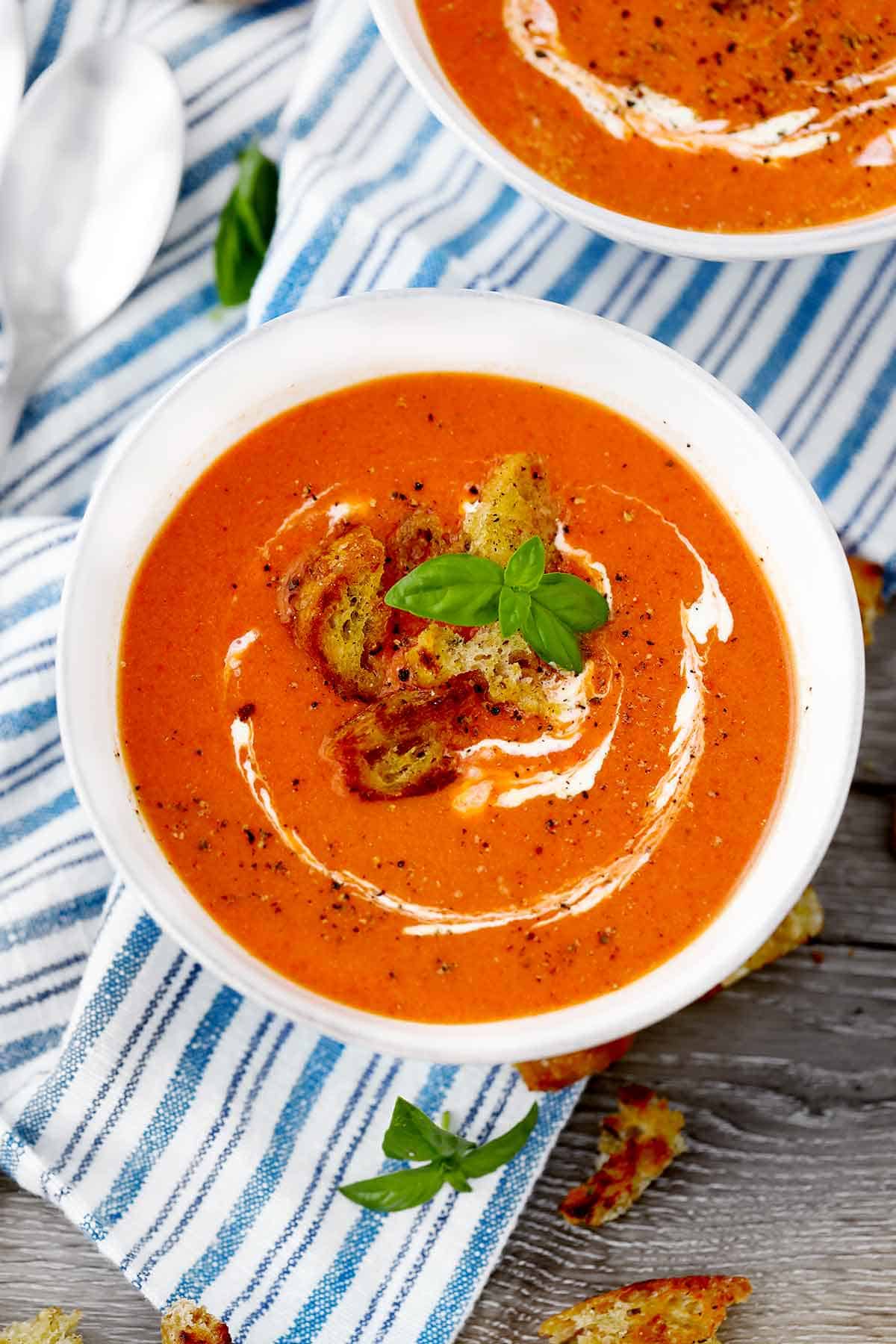
- Salsa: Salsa is a versatile condiment that can be used on tacos, burritos, nachos, and more. It's also a great way to use up leftover peppers and tomatoes.
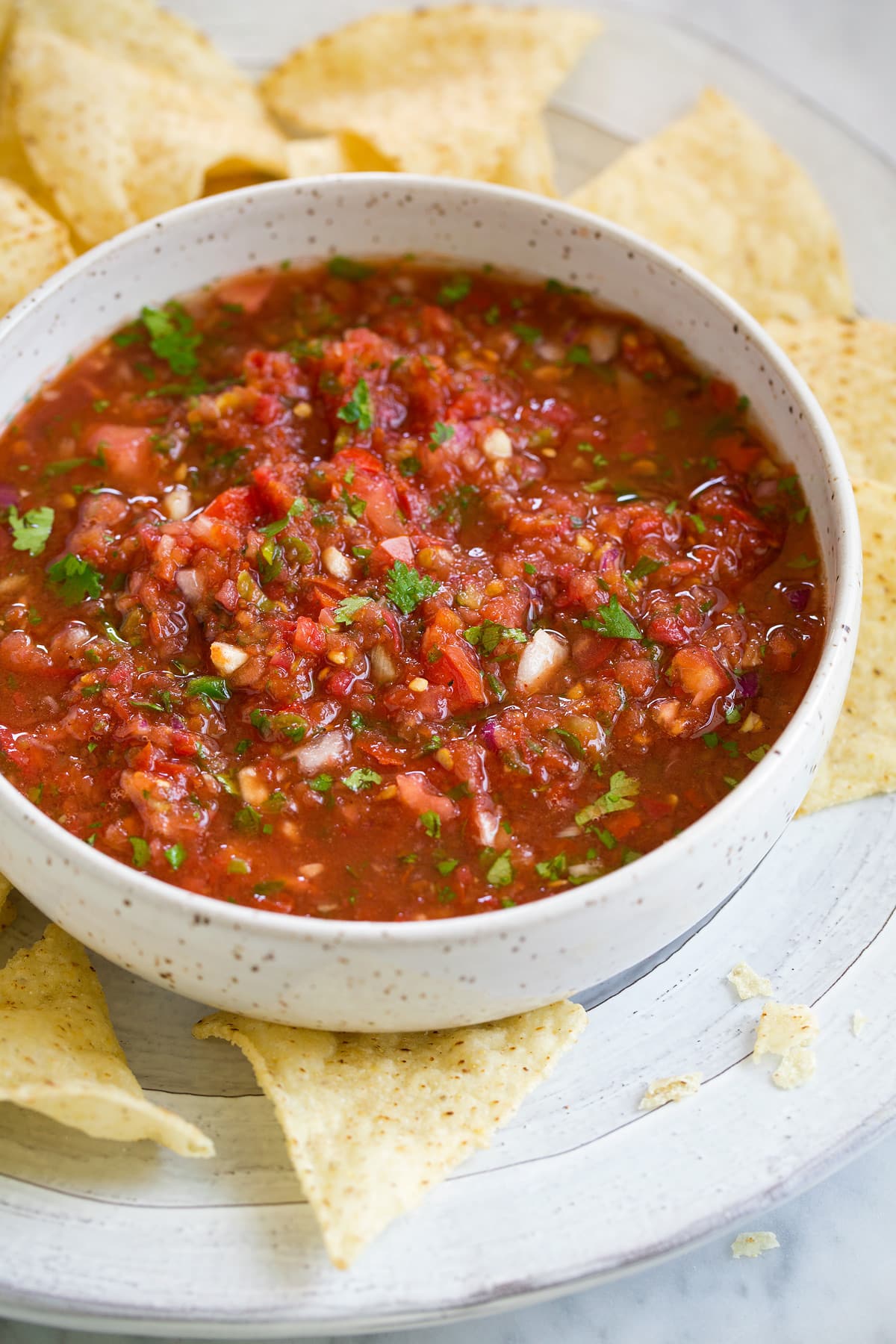
- Pepperoni pizza: Pepperoni pizza is a classic for a reason. The combination of the salty pepperoni, the sweet tomatoes, and the gooey cheese is simply irresistible.
- Stuffed peppers: Stuffed peppers are a hearty and satisfying meal. They can be filled with a variety of ingredients, but we like to use a mixture of rice, ground beef, tomatoes, and cheese.
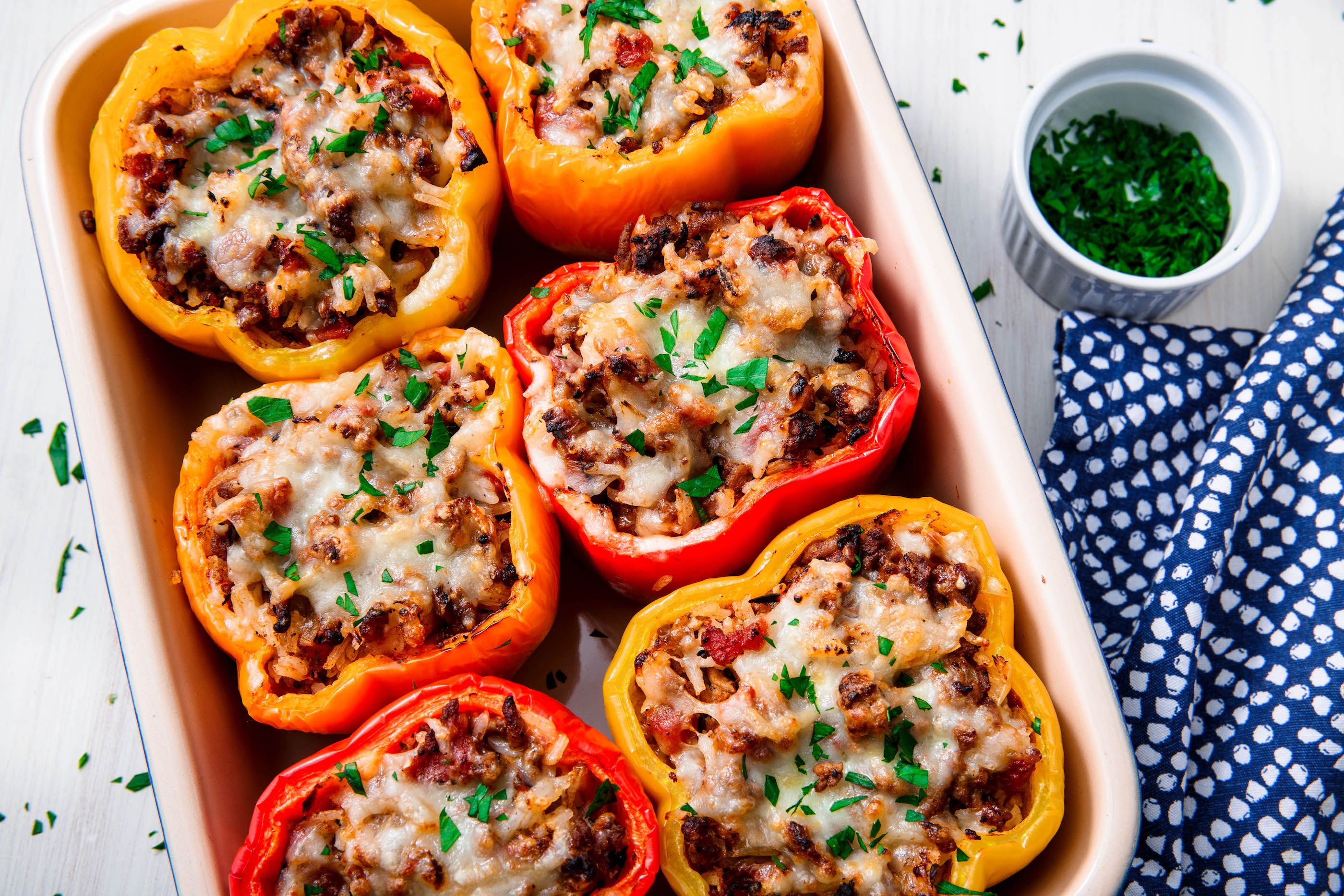
Conclusion
Peppers and tomatoes are a perfect pair for both flavor and nutrition. They're versatile vegetables that can be used in a variety of dishes. So next time you're looking for a delicious and healthy meal, be sure to include both peppers and tomatoes.
Pepper and tomato companion planting is a great way to maximize yields and improve the health of your plants. While these two plants are both members of the nightshade family, they can actually benefit each other when planted together. For example, tomatoes can help to shade peppers from the hot sun, while peppers can help to deter pests from tomatoes.
There are many other companion plants that can be grown with peppers and tomatoes. Some of the best include:
- Basil: Basil helps to repel pests and attract pollinators.
- Chives: Chives help to improve the flavor of peppers and tomatoes.
- Cilantro: Cilantro helps to deter pests and improve the flavor of peppers.
- Dill: Dill helps to attract pollinators and improve the flavor of tomatoes.
- Lettuce: Lettuce helps to suppress weeds and improve the flavor of tomatoes.
If you're interested in learning more about peppers and tomatoes companion planting, I recommend visiting Gardenia Inspiration. This website has a wealth of information about companion planting, including a list of the best companion plants for peppers and tomatoes.
FAQ of peppers and tomatoes companion planting
Q1. What are the benefits of companion planting peppers and tomatoes?
A. There are several benefits to companion planting peppers and tomatoes. For example:
- Attract beneficial insects. Both peppers and tomatoes attract beneficial insects, such as ladybugs and lacewings, which help to control pests.
- Improve soil health. The roots of peppers and tomatoes release nitrogen into the soil, which can help to improve soil health.
- Reduce the risk of disease. Some plants, such as basil and marigolds, can help to deter pests and diseases that can affect peppers and tomatoes.
Q2. What are some good companion plants for peppers and tomatoes?
A. Some good companion plants for peppers and tomatoes include:
- Basil. Basil helps to deter pests and diseases that can affect peppers and tomatoes. It also improves the flavor of tomatoes.
- Marigolds. Marigolds help to deter pests and diseases that can affect peppers and tomatoes. They also attract beneficial insects.
- Cucumbers. Cucumbers help to attract beneficial insects, such as ladybugs and lacewings, which help to control pests.
- Lettuce. Lettuce helps to suppress weeds and improve soil drainage.
- Onions. Onions help to repel pests, such as aphids and spider mites.
Q3. What are some bad companion plants for peppers and tomatoes?
A. Some bad companion plants for peppers and tomatoes include:
- Potatoes. Potatoes and tomatoes are both susceptible to the same diseases, so it is best to avoid planting them together.
- Eggplants. Eggplants and tomatoes are both susceptible to the same diseases, so it is best to avoid planting them together.
- Cabbage. Cabbage can attract pests that can also affect peppers and tomatoes.
- Peas. Peas can compete with peppers and tomatoes for water and nutrients.
- Melons. Melons can attract pests that can also affect peppers and tomatoes.
Q4. How far apart should peppers and tomatoes be planted?
A. Peppers and tomatoes should be planted about 2-3 feet apart. This will give them enough space to grow and develop properly.
Q5. How do you support pepper and tomato plants?
A. Pepper and tomato plants can be supported with stakes, cages, or trellises. Stakes are the simplest option, but they may not be enough support for large plants. Cages and trellises provide more support and can help to keep the plants tidy.
Image of peppers and tomatoes companion planting
- Image 1: A garden bed with tomatoes, peppers, and cucumbers. The tomatoes and peppers are staked, and the cucumbers are growing up a trellis.

- Image 2: A close-up of a tomato plant and a pepper plant. The two plants are surrounded by basil and mint.
- Image 3: A row of pepper plants with nasturtiums growing at their base. The nasturtiums are attracting beneficial insects that help to control pests.

- Image 4: A tomato plant with a marigold planted at its base. The marigolds are deterring pests from the tomato plant.
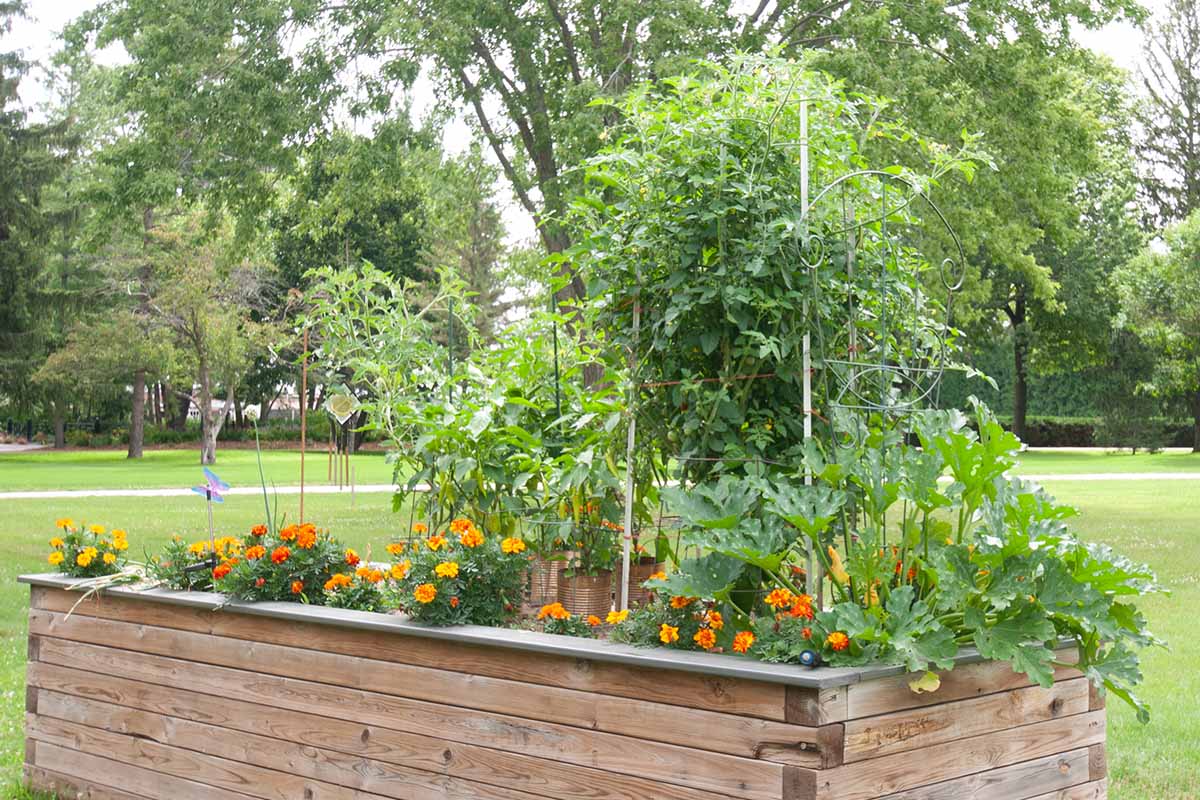
- Image 5: A mixed planter with tomatoes, peppers, eggplants, and herbs. The different plants are benefiting each other by attracting beneficial insects, deterring pests, and providing shade.
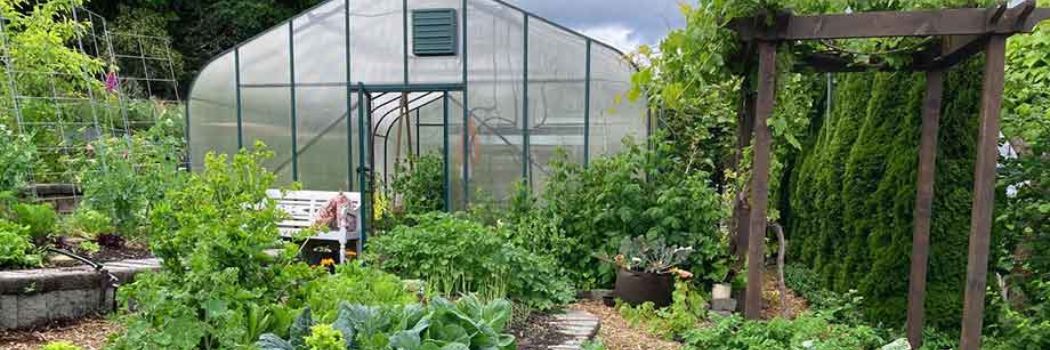
Post a Comment for "Peppers And Tomatoes: The Perfect Pair"